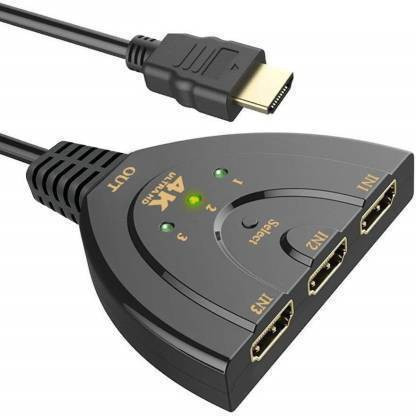


These are a few of the key points to consider: Detail and sharpness However, it helps to break things down a bit for a 4K vs.
1080P TO 4K CONVERTER XBOX ONE 1080P
Some of the differences between 4K and 1080p TVs may seem obvious. See also: The best 4K monitors you can get on a budget 4K vs 1080p: The biggest differences Specifically it relates to the (nearly) 4,000 horizontal pixels. The “K” in 4K isn’t a technical reference, like the p in 1080p rather, it refers to thousands. If you thought two million pixels was plenty, a 4K TV packs 3,840 horizontal pixels paired with 2,160 vertical pixels, for a total just under 8.3 million. A 1080i (interlaced) spec technically exists, but you should avoid using it, and no one really markets it anymore. Instead it indicates progressive scanning, meaning that an entire image is transmitted at once instead of through a series of interlaced scans. The “p” in 1080p doesn’t stand for pixels, however. This is matched by 1,920 horizontal pixels, and multiplied together, you get a little over two million pixels in all. In simple terms, 1080p indicates a display resolution with 1,080 vertical pixels. See also: The best TV deals What is 1080p? Today we want to focus on a specific issue, the choice of 4K vs 1080p when it comes to resolution. Beyond that, most TVs come with some sort of smart platform built-in, such as Roku or Android TV.

There are so many sizes, manufacturers, and specifications to choose from that it can leave your head spinning. Upgrading to a new TV is always exciting, but it’s easier said than done.


 0 kommentar(er)
0 kommentar(er)
